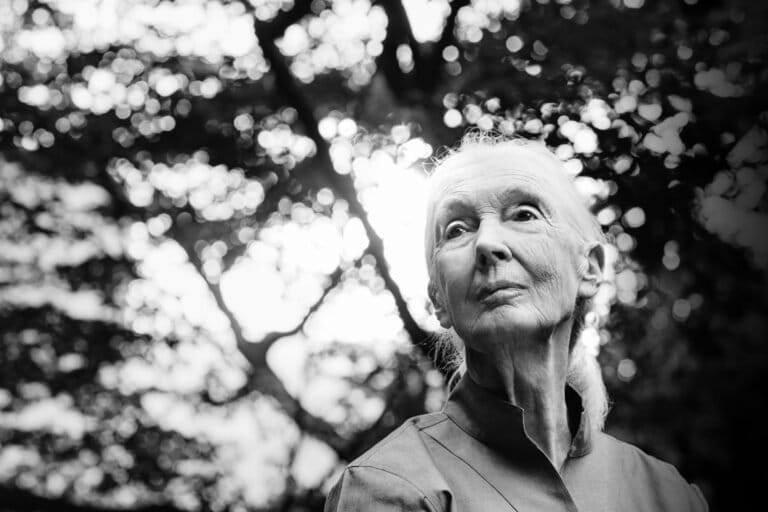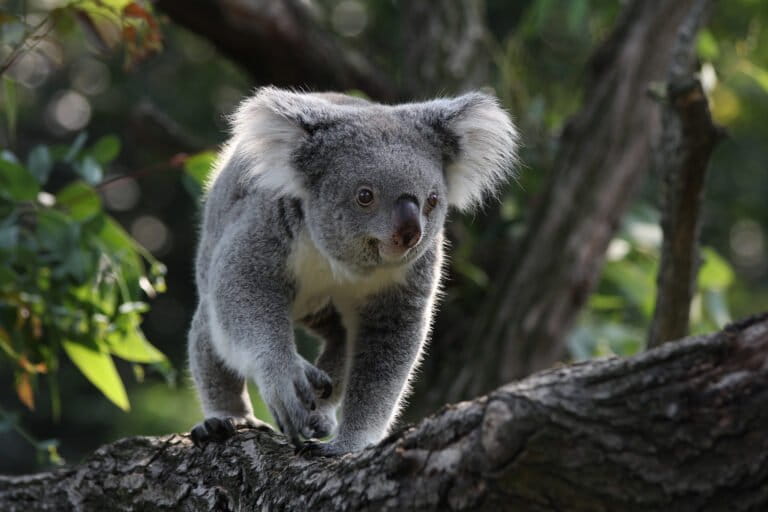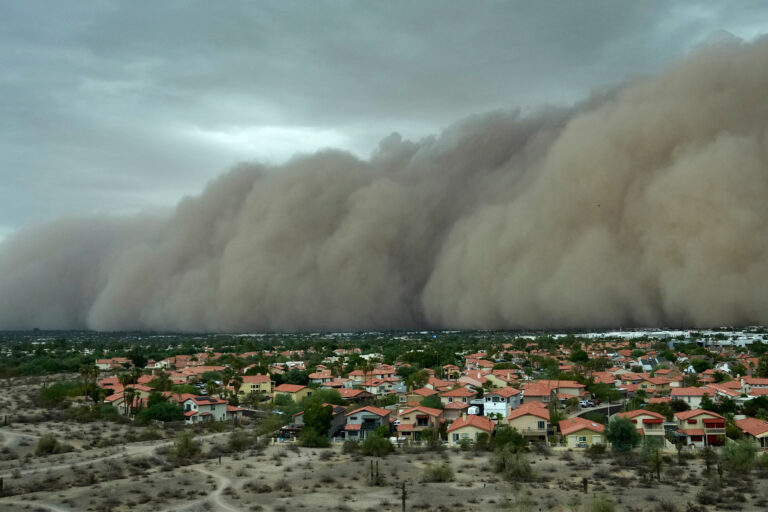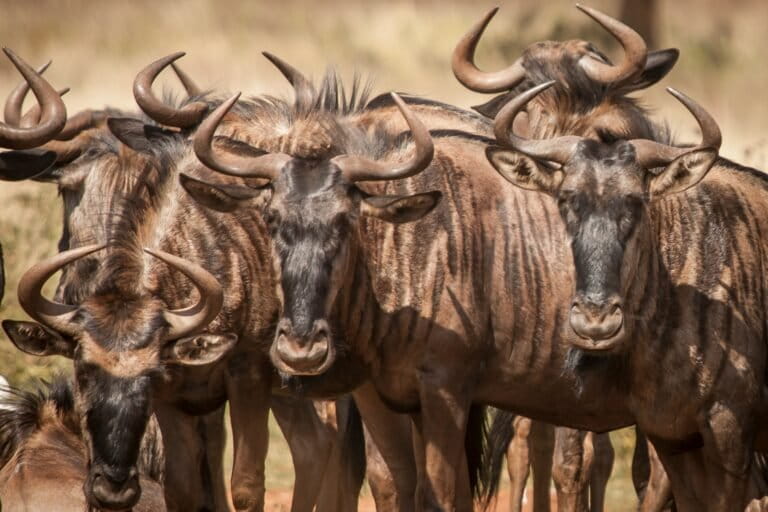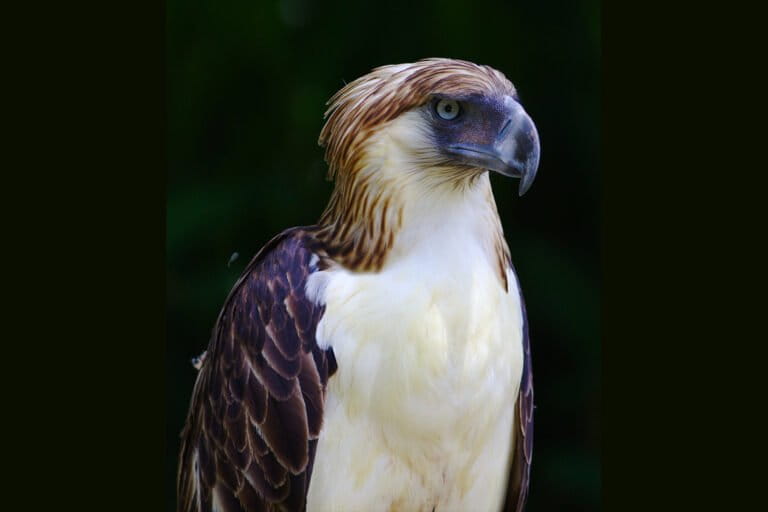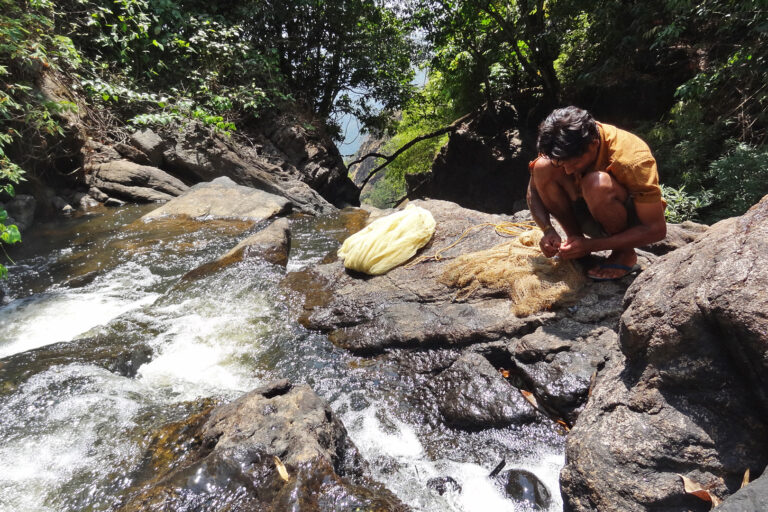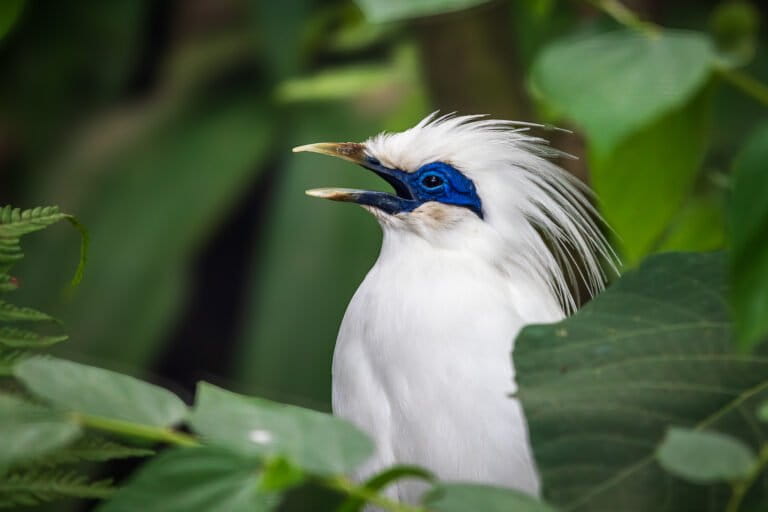- Experts and indigenous leaders say that Law 30723 would affect protected natural areas and indigenous reserves inhabited by communities who choose to stay isolated.
- According to experts, the law would allow the construction of the Puerto Esperanza-Iñapari Highway, which would affect 275,000 hectares of primary forest.
UCAYALI REGION, Peru — Peru has passed a controversial law that makes highway construction in border areas and maintaining trucking roads in the Ucayali Region a national priority. On January 22, the Congress of the Republic of Peru enacted the new law.
The move has sparked serious concern because the construction of highways in this area of the country would put various areas at risk. These areas are home to Indigenous People in a Situation of Isolation and Initial Contact (PIACI), including the Mashco-Piro, Isconahua, Amahuaca, and others who inhabit the Ucayali Region.
The presence of the voluntarily isolated indigenous communities on the border between Brazil and the Ucayali Region of Peru has been documented. This has led to the creation of three indigenous reserves: the Murunahua (470,305 hectares), the Mashco-Piro (816,057 hectares), and the Isconahua (298,487 hectares).

These spaces are threatened under the new law, according to statements by indigenous leaders and experts consulted by Mongabay Latam.
Another area threatened by the law is the Kugapakori-Nahua-Nanti Reserve, although it is not yet categorized.
Any highway in this area would also affect six natural protected areas: Alto Purús National Park, Cordillera Azul National Park, Sierra del Divisor National Park, Purús Communal Reserve, El Sira Communal Reserve, and Imiria Regional Conservation Area.
Ruth Buendía, an indigenous leader, winner of the 2014 Goldman Environmental Prize, and current Secretary of the Interethnic Association for the Development of the Peruvian Rainforest (AIDESEP) spoke to Mongabay about the issue. She said that indigenous communities in the area, as well as the organizations that represent them, are opposed to the law because it affects the isolated territories.
“As long as there is no legal security for the indigenous communities’ territories, there should not be any construction of highways that could violate the rights of the indigenous communities in isolation and initial contact,” Buendía said.
Buendía added that the titling of the territories should be guaranteed, which they have been demanding for decades, before the enactment of laws that would build roads affecting the territories.

Buendía recalled a speech that Pope Francis gave before more than 3,000 indigenous community members in Puerto Maldonado, in Madre de Dios, in which he called for the defense of indigenous peoples.
She laments the lack of action in response to that call for help.
“The government and members of congress do what they want, despite Pope Francis’ speech in which he called for everyone’s attention,” Buendía said. “But I see that they didn’t comply with the speech. Members of congress attended and listened to the speech, but it was only a salute to the flag.”
According to Buendía, indigenous communities are organizing protests to reclaim their rights.
Julia Urrunaga, director of Peru’s branch of the Environmental Investigation Agency (EIA), noted the longstanding objections to road projects.
“The indigenous communities, on multiple occasions, have expressed their opposition to the construction of these types of roads and highways,” Urrunaga said. “They’ve even denounced the authorities who have constructed them and violated the federal laws.”
Urrunaga pointedly noted that the new law is “very dangerous” and that it “could accelerate the construction of highways that have already been objected to on multiple occasions.”
Protecting reserved areas
Alicia Abanto, a deputy for the Environment, Public Service, and Indigenous Communities within Peru’s Public Advocate office explained to Mongabay that the Constitution of Peru establishes the protection of natural protected areas, biodiversity, and indigenous communities. She added that Agreement 169 of Peru’s International Labor Organization (OIT) is also part of the constitutional rights of Peru.
“In this line, the Public Advocate of Peru will remind the national and regional authorities that this law cannot be implemented if it infringes on or violates the laws about natural protected areas and indigenous communities,” Abanto said. “Even though it has been published, it cannot be implemented if it violates the constitution.”
She added that in order to build any infrastructure in protected areas or in indigenous territories, there have to be technical opinions given by institutions such as the National Service of Natural Protected Areas (SERNANP) and the Ministry of Culture.

Additionally, Abanto clarified that only one article of the new law states that it will be issued “under the unrestricted respect for the natural protected areas and the indigenous communities that inhabit it.”
She said that Peru’s public advocate office plans to remain vigilant about the actions of local and regional governments, the Ministry of Transportation, and other institutions.
A threatened territory
In January 2018, the Monitoring of the Andean Amazon Project (MAAP) published a map that offered a sense of the risks that may follow the enactment of the law.
The report by MAAP, which evaluates deforestation in the Peruvian Amazon, notes that one of the main proposed areas executed under the law would be the construction of the Puerto Esperanza-Iñapari Highway along the border with Brazil, in the Ucayali and Madre de Dios Regions.
The highway would be about 177 miles (277 kilometers) long.

Matt Finer, Senior Research Specialist and Director of MAAP, told Mongabay that he worries that with this law, “some authorities will try to finalize the construction of the highway.”
“MAAP has done an analysis on the area where the road would be implemented — an evaluation that was done based on experience through the Interoceanic [Highway],” Finer said. “So, it was estimated that around 275,000 hectares of primary forests will be at risk, including natural protected areas like the Madre de Dios Territorial Reserve, Purús National Park, and Purús Communal Reserve.”
Finer added that the Ministry of Culture and Indigenous organizations, such as the Native Federation of the Madre de Dios River and its Tributaries (FENAMAD), have warned that the highway would have a strong impact on the isolated indigenous communities that inhabit the area.
Finer also said there are two other bills that would have a similar impact. One bill proposes the construction of the Iquitos-Saramiriza Highway in the Loreto region. The other proposed highway would cross the Amarakaeri Communal Reserve in the Madre de Dios region.
“It is worrisome that [people’s] interests continue in constructing new highways that cross primary forests, in spite of all that we know about the impacts of these types of projects,” Finer said.
According to EIA’s Urrunaga, there is “Abundant evidence — including shocking satellite images — of the destruction created by highways that pass through primary forests, like the one this law promotes.” She added that in the jungle, “95 percent of deforestation occurs less than six kilometers away from roads. The highways that cross through the Amazon are a threat to our multiculturality and biodiversity.”
Legal measures
Peruvian member of congress, María Elena Foronda, said she is outraged at the law’s passage.
“Law 30723 consolidates the primary exporting orientation of the government of [Peruvian President] PPK (Pedro Pablo Kuczynski), who has signed an alliance with Fujimorism (the ideas of former President of Peru Alberto Fujimori) to move bills along that are violating the prior consultation processes and natural protected areas, as well as violating the rights of communities in voluntary isolation,” Foronda said in an interview.

She added that her group of legislators is evaluating information in order to present a claim of unconstitutionality against Peruvian law.
“Any initiative that comes from Congress should be done in an alliance with the indigenous communities,” Foronda said. She also referenced Pope Francis’ visit and said that despite his message, the Peruvian government and Congress continue to push for laws that promote the degredation of the jungle and allow the entrance of illegal loggers and miners.
Banner image: Photo by Diego Pérez.
FEEDBACK: Use this form to send a message to the author of this post. If you want to post a public comment, you can do that at the bottom of the page.






